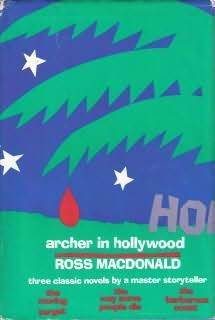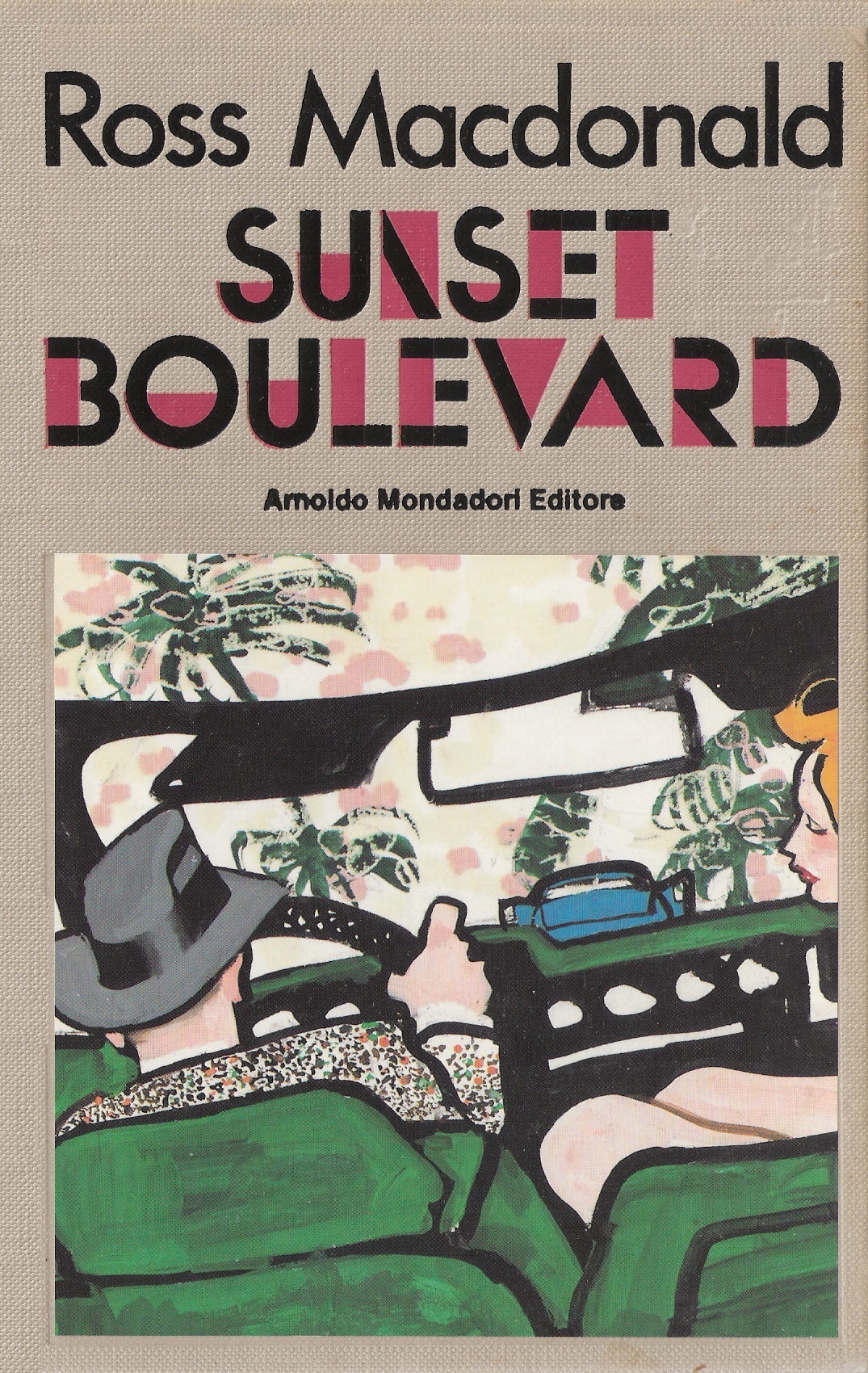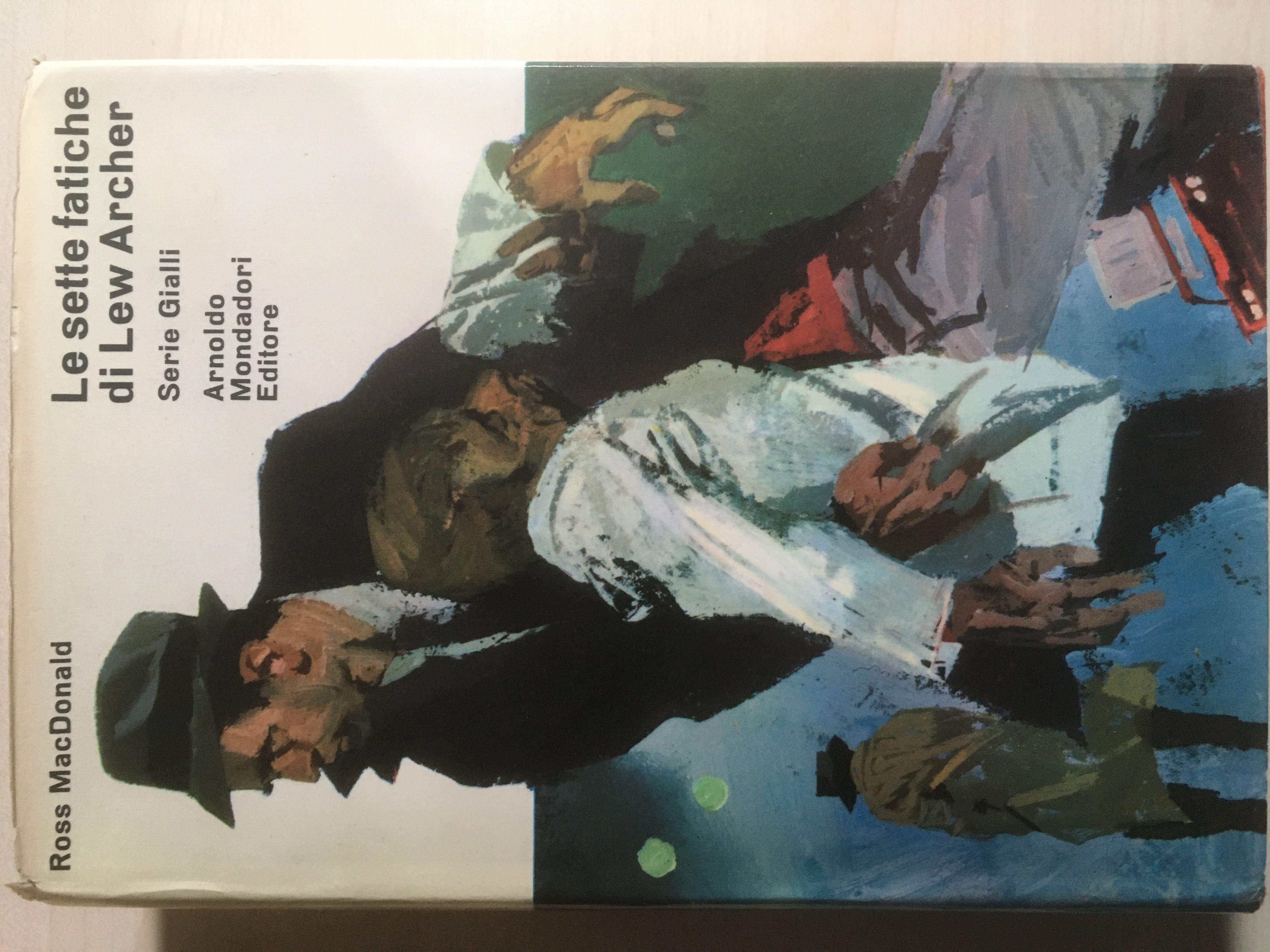


Books in series

The Name Is Archer
1955

The Moving Target
1949

Archer in Hollywood
The Moving Target, The Way Some People Die, The Barbarous Coast
1956

The Drowning Pool
1950

The Way Some People Die
1951

The Ivory Grin
1952

Find a Victim
1954

The Barbarous Coast
1956

The Doomsters
1958

The Galton Case
1959

Archer at Large
1970

The Wycherly Woman
1961

The Zebra-Striped Hearse
1962

The Chill
1964

The Far Side of the Dollar
1965

Black Money
1966

The Instant Enemy
1968

The Goodbye Look
1969

The Underground Man
1971

Sleeping Beauty
1973

Šípková Růženka - Bíle pruhovaný pohřební vůz
1996

Спящая красавица. Смерть в бассейне
2011

The Blue Hammer
1976

Sunset boulevard
1992

Le Sette Fatiche di Lew Archer
1966
Authors

Ross Macdonald is the pseudonym of the American-Canadian writer of crime fiction Kenneth Millar. He is best known for his series of hardboiled novels set in southern California and featuring private detective Lew Archer. Millar was born in Los Gatos, California, and raised in his parents' native Kitchener, Ontario, Canada, where he started college. When his father abandoned his family unexpectedly, Macdonald lived with his mother and various relatives, moving several times by his sixteenth year. The prominence of broken homes and domestic problems in his fiction has its roots in his youth. In Canada, he met and married Margaret Sturm (Margaret Millar)in 1938. They had a daughter, Linda, who died in 1970. He began his career writing stories for pulp magazines. Millar attended the University of Michigan, where he earned a Phi Beta Kappa key and a Ph.D. in literature. While doing graduate study, he completed his first novel, The Dark Tunnel, in 1944. At this time, he wrote under the name John Macdonald, in order to avoid confusion with his wife, who was achieving her own success writing as Margaret Millar. He then changed briefly to John Ross Macdonald before settling on Ross Macdonald, in order to avoid mixups with contemporary John D. MacDonald. After serving at sea as a naval communications officer from 1944 to 1946, he returned to Michigan, where he obtained his Ph.D. degree. Macdonald's popular detective Lew Archer derives his name from Sam Spade's partner, Miles Archer, and from Lew Wallace, author of Ben-Hur: A Tale of the Christ. Macdonald first introduced the tough but humane private eye in the 1946 short story Find the Woman. A full-length novel, The Moving Target, followed in 1949. This novel (the first in a series of eighteen) would become the basis for the 1966 Paul Newman film Harper. In the early 1950s, he returned to California, settling for some thirty years in Santa Barbara, the area where most of his books were set. The very successful Lew Archer series, including bestsellers The Goodbye Look, The Underground Man, and Sleeping Beauty, concluded with The Blue Hammer in 1976. Macdonald died of Alzheimer's disease in Santa Barbara, California. Macdonald is the primary heir to Dashiell Hammett and Raymond Chandler as the master of American hardboiled mysteries. His writing built on the pithy style of his predecessors by adding psychological depth and insights into the motivations of his characters. Macdonald's plots were complicated, and often turned on Archer's unearthing family secrets of his clients and of the criminals who victimized them. Lost or wayward sons and daughters were a theme common to many of the novels. Macdonald deftly combined the two sides of the mystery genre, the "whodunit" and the psychological thriller. Even his regular readers seldom saw a Macdonald denouement coming.